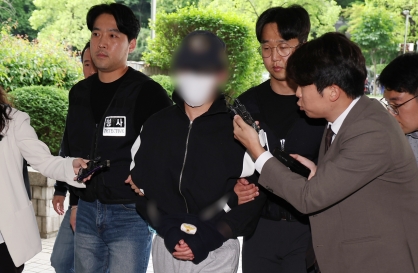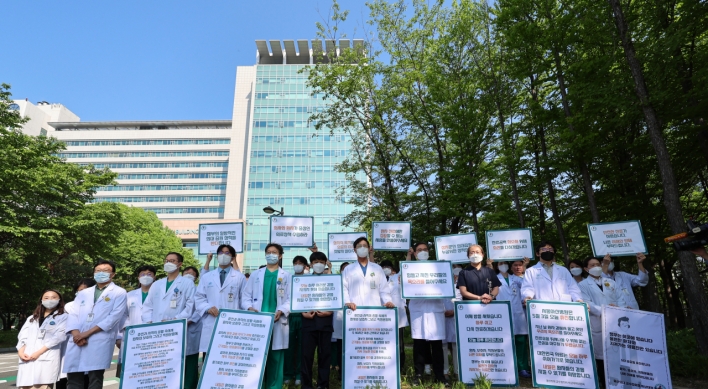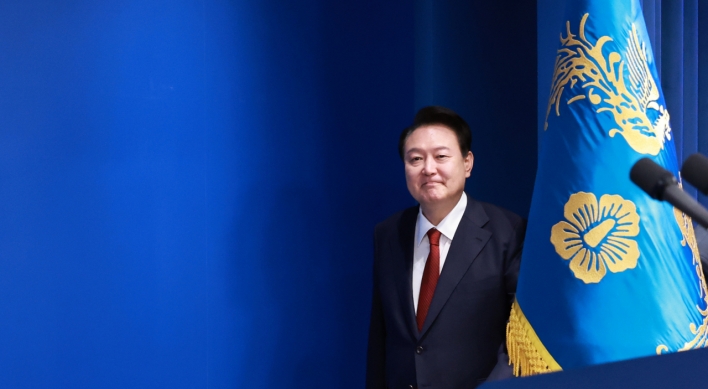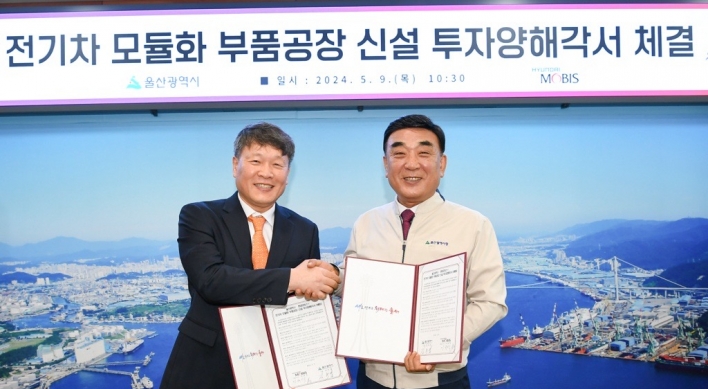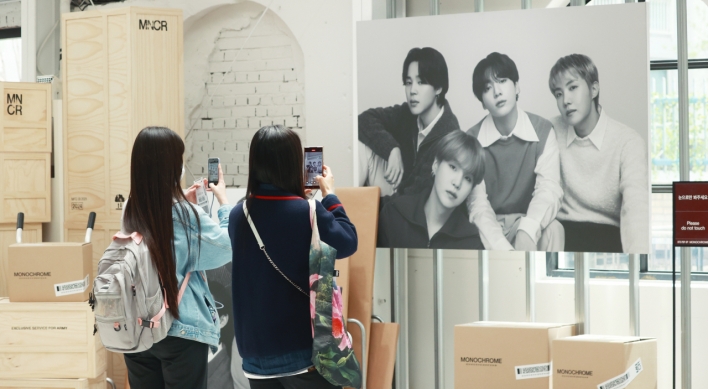Korean aid agency builds infrastructure for water supply, waste management for improved lives, economic development
This is the sixth installment of a series of articles introducing programs and activities of the Korea International Cooperation Agency, a state-run organization for overseas assistance and humanitarian aid. ― Ed.
ULAANBAATAR ― Korea’s state aid agency is leading projects in Mongolia to combat environmental problems such as water shortages, desertification and mining dangers, major hurdles to the country’s endeavor to develop minerals, build industry and curb poverty.
Korea has been a major donor to Mongolia since it embarked on democratic reforms in 1991. Its aid program currently focuses on environmental challenges as the landlocked country increasingly suffers from urban pollution, water scarcity and other effects of global warming.
“One of the recent ambitious projects we started here is increasing water supply to the new town of Yarmag, Ulaanbaatar,” said Lee Dong-ku, chief of the Mongolian office of the Korea International Cooperation Agency, the state aid agency.
The Mongolian government plans to create a new town with apartments in the capital, but it lacks infrastructure including water supply to support the population.
There are about 1.1 million people living in Ulaanbaatar. And 60 percent of them live in traditional Mongolian tents, called “ger,” without running water.
“As more people move to apartments, water use has jumped greatly in recent years,” the KOICA resident representative said.
A resident living in a ger uses about 7 liters of water a day on average, but if the person lives in an apartment, it goes up to 270 liters a day, according to a KOICA report.
On top of that, more nomads are flocking to the capital after a harsh winter that killed thousands of cattle and deprived nomads of their livelihood.
“The new water project is expected to provide 20,000 tons of water daily to the new town.”
The agency has undertaken five environment-related projects: water resource management; investigation of mine hazards and establishment of an information system for mine reclamation; establishment of heat and hot water systems; a forestation and biomass project; and solid waste management.
Mongolia is one of recipients of the East Asia Climate Partnership that began in 2008 with a budget of $200 million to help developing countries address climate change and promote green growth.
As part of the program Korea has been providing financial assistance, infrastructure and technology to Mongolia in cooperation with local companies and government agencies.
KOICA has three major projects In Ulaanbaatar and surrounding areas ― managing solid waste, increasing water supply and refurbishing mining areas.
“The projects have significantly contributed to improving the urban environment and the quality of life of an ever increasing population,” Lee said
To meet the urgent need to tackle worsening water shortages, the KOICA launched the $22.6 million project in 2011.
Water and solid waste management
The project establishes a master plan for long-term water resource management, increases water supplies to the new town of Yarmag and installs water meters.
It also plans to build renewable energy facilities for sustainable energy consumption in the capital.
“More and more residents in the capital will experience water shortages over the coming years. In order to meet the growing demand for water, we need to find a new water source ― pumping up more groundwater or building a dam,” said Lee.
He said his agency and Mongolian officials and non-profit organizations would hold a public hearing at the end of May to discuss ways to provide water to residents effectively while not damaging the environment.
This is the sixth installment of a series of articles introducing programs and activities of the Korea International Cooperation Agency, a state-run organization for overseas assistance and humanitarian aid. ― Ed.
ULAANBAATAR ― Korea’s state aid agency is leading projects in Mongolia to combat environmental problems such as water shortages, desertification and mining dangers, major hurdles to the country’s endeavor to develop minerals, build industry and curb poverty.
Korea has been a major donor to Mongolia since it embarked on democratic reforms in 1991. Its aid program currently focuses on environmental challenges as the landlocked country increasingly suffers from urban pollution, water scarcity and other effects of global warming.
“One of the recent ambitious projects we started here is increasing water supply to the new town of Yarmag, Ulaanbaatar,” said Lee Dong-ku, chief of the Mongolian office of the Korea International Cooperation Agency, the state aid agency.
The Mongolian government plans to create a new town with apartments in the capital, but it lacks infrastructure including water supply to support the population.
There are about 1.1 million people living in Ulaanbaatar. And 60 percent of them live in traditional Mongolian tents, called “ger,” without running water.
“As more people move to apartments, water use has jumped greatly in recent years,” the KOICA resident representative said.
A resident living in a ger uses about 7 liters of water a day on average, but if the person lives in an apartment, it goes up to 270 liters a day, according to a KOICA report.
On top of that, more nomads are flocking to the capital after a harsh winter that killed thousands of cattle and deprived nomads of their livelihood.
“The new water project is expected to provide 20,000 tons of water daily to the new town.”
The agency has undertaken five environment-related projects: water resource management; investigation of mine hazards and establishment of an information system for mine reclamation; establishment of heat and hot water systems; a forestation and biomass project; and solid waste management.
Mongolia is one of recipients of the East Asia Climate Partnership that began in 2008 with a budget of $200 million to help developing countries address climate change and promote green growth.
As part of the program Korea has been providing financial assistance, infrastructure and technology to Mongolia in cooperation with local companies and government agencies.
KOICA has three major projects In Ulaanbaatar and surrounding areas ― managing solid waste, increasing water supply and refurbishing mining areas.
“The projects have significantly contributed to improving the urban environment and the quality of life of an ever increasing population,” Lee said
To meet the urgent need to tackle worsening water shortages, the KOICA launched the $22.6 million project in 2011.
Water and solid waste management
The project establishes a master plan for long-term water resource management, increases water supplies to the new town of Yarmag and installs water meters.
It also plans to build renewable energy facilities for sustainable energy consumption in the capital.
“More and more residents in the capital will experience water shortages over the coming years. In order to meet the growing demand for water, we need to find a new water source ― pumping up more groundwater or building a dam,” said Lee.
He said his agency and Mongolian officials and non-profit organizations would hold a public hearing at the end of May to discuss ways to provide water to residents effectively while not damaging the environment.

Another pressing problem in the capital is solid waste.
The dramatic increase in the capital’s population has also created a solid waste management problem. About 95 percent of solid waste generated in the city had been buried in landfill without any recycling.
In order to reduce the amount of solid waste, the KOICA started to construct a $3.5 million solid-waste recycling facility in 2009 and is about to hand over the management of the facility to the Mongolian government this year.
The recycling facility not only recycles the solid waste, but makes fuel from it.
“The facility has raised awareness of recycling for citizens in Ulaanbaatar. People started to recycle their solid waste,” said M. Purevdorj, Mongolian manager of the recycling facility.
The facility also found work for most of the roughly 300 waste pickers that made their living selling recycled waste, and would otherwise have lost their livelihoods.
“About 80 percent of the waste pickers are employed here at the facility. We give them work and social insurance that will help them lead a normal life,” Purevdorj added.
Mine hazards prevention
The resource-rich country has damaged mining areas polluted with chemicals used to extract minerals.
“Mongolia is the world’s seventh most resource-rich country. But as more people discover and develop mines, more are abandoned without proper rehabilitation,” said Lee.
“What we do here is to study hundreds of mines and collect information about mine hazards and create a database containing information about each mine. It will be used when Mongolia tries to rehabilitate their mines or develop new ones in the future,” Lee said.
Investigating geological and mining hazards is the primary stage of mine rehabilitation, according to Jung Young-kook, chief representative of Korea Mine Reclamation Corporation’s Mongolian office.
The state-run Korea Mine Reclamation Corporation has been in charge of the $3 million-mine hazards investigation project and establishment of information system of mine records in Mongolia since 2010, working as a partner of KOICA.
“Based on the data collected from thorough investigation into mines, we can report potential mine hazards to the Mongolian government, help them set policies for mine rehabilitation and decide which mine they should recover first,” said Jung.
Mongolia did not receive much attention about its resources until 2000, but as prices of natural resources skyrocketed, foreign countries started to recognize its potential and jumped into mine development.
The over-exploitation of mines inflicted permanent damage on the country’s topsoil, and often underground, causing mine collapses and the emission of trapped gases. This has frequently led to deaths of people and animals.
“I think the abandoned mines also accelerate desertification as they pollute and dry up the groundwater resources,” said Jung.
Based on the mine records, the lawmaker S. Oyunn plans a law to create a fund for mine rehabilitation, according to Jung.
MIRECO aims to complete their mission by recovering badly damaged mining areas with its world-leading mine investigation and recovery technology.
“We can proudly say that we have some of the leading technologies regarding mine investigation and recovery,” said Yeon Kyu-hun, vice resident representative of MIRECO.
According to Yeon, they have several patented technologies including predicting land collapses using optical fibers, cleaning up polluted soil, conducting extensive restoration by planting trees and illustrating mine records in a 3-D map revealing the hidden spots.
“As we have done mine investigations, I think we are the most suitable agency to conduct mine recovery,” said Yeon.
They stressed that they need to set a model example of mine recovery in Mongolia so that people will know the extent of rehabilitation.
“For the next step, we would like to launch a mine recovery project at the badly damaged mining areas near Ulaanbaatar and set up an education facility to raise environmental awareness among residents and prevent further exploitation,” said Jung.
By Lee Woo-young, Korea Herald correspondent
(wylee@heraldcorp.com)


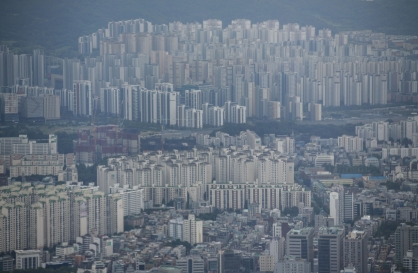
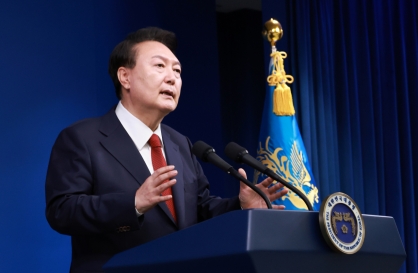
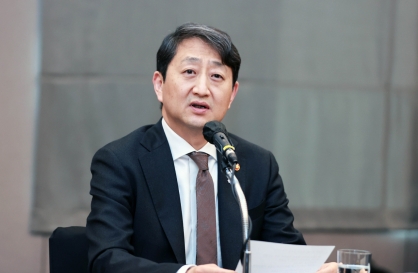
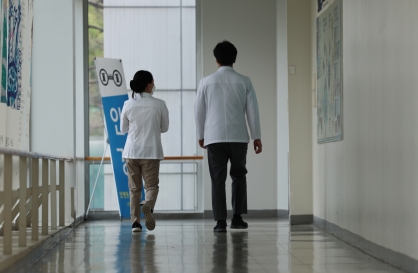
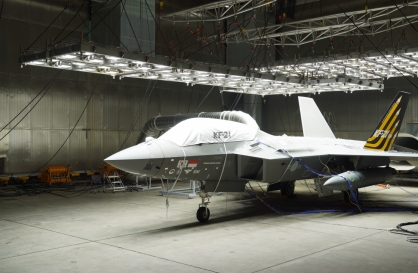


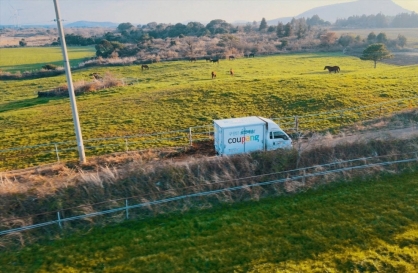
![[K-pop’s dilemma] Time, profit pressures work against originality](http://res.heraldm.com/phpwas/restmb_idxmake.php?idx=644&simg=/content/image/2024/05/08/20240508050705_0.jpg&u=20240508171126)
